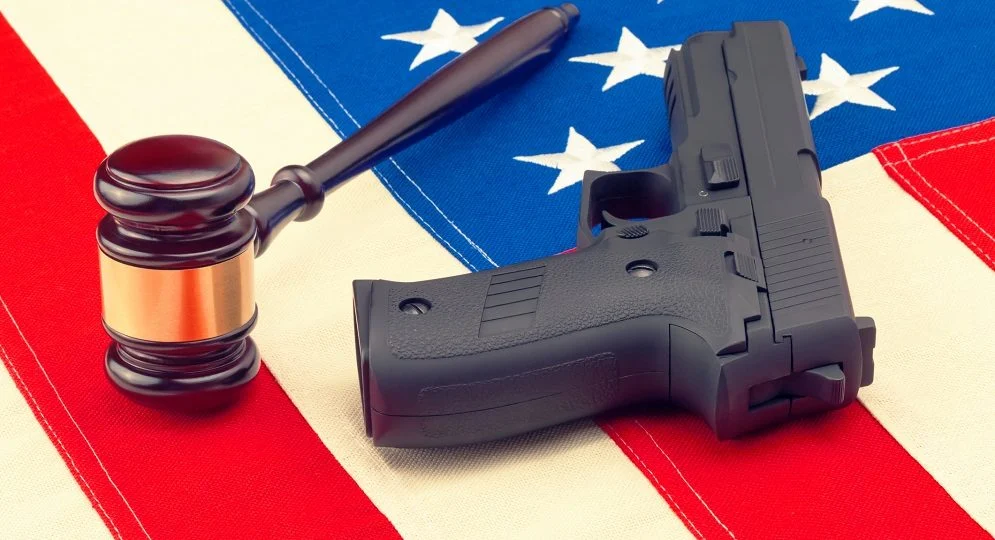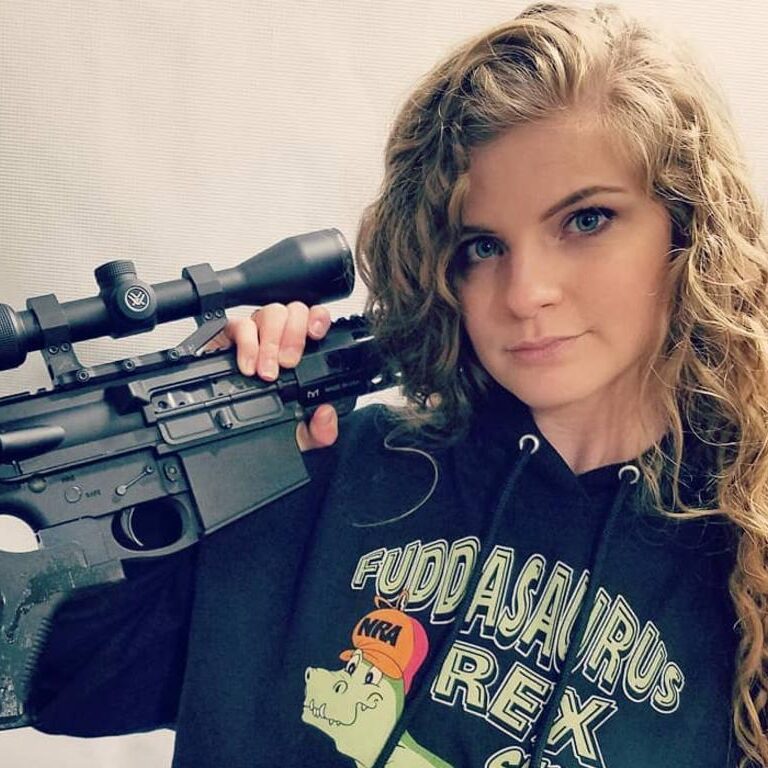Federal Gun Laws
In a nation where the debate over gun control is as polarized as ever, it’s crucial to have a clear understanding of the federal firearm laws that govern the possession, use, and distribution of firearms. Although there are only a few federal firearms laws, they play a significant role in shaping the landscape of gun ownership and regulation. In this article, we will explore these laws in detail, shedding light on their origins, implications, and effects.
The Foundation: Federal vs. State vs. Local Laws
The legal framework surrounding firearms in the United States consists of three primary tiers: federal, state, and local laws. At the federal level, overarching laws apply uniformly to the entire country. State laws, on the other hand, vary from one state to another, addressing specific conditions and situations. Local laws, which can encompass county, city, and even business regulations, further shape the landscape of firearm ownership.
National Level Firearms Law: The Basics
The bedrock of federal firearms law is rooted in the Second Amendment of the United States Constitution, ratified in 1791. This amendment enshrines the right to bear arms, a cornerstone of American identity. However, it wasn’t until 1934 that another major federal firearms legislation, the National Firearms Act, was introduced. This act aimed to regulate and control firearms manufacturing, importation, and commerce across states.
Evolution of Federal Gun Laws
The trajectory of federal gun laws took a notable turn in 1968 with the introduction of the Gun Control Act. This legislation responded to rising crime rates and high-profile assassinations, ushering in comprehensive regulations on firearm sales, licenses, and imports. Subsequent laws either built upon these foundational acts or imposed restrictions on firearm importation and detectability.
The Undetectable Act of 1988
A significant milestone in federal gun laws was the Undetectable Firearms Act of 1988. This law aimed to curb the potential threat of firearms that could evade metal detectors or X-ray scans. However, its efficacy was debated, leading to its expiration in 1998 and subsequent reenactments with limited success.
The Second Amendment Debate
The Second Amendment has become a focal point of the gun control debate, with conflicting viewpoints on its implications. Proponents argue that the right to self-defense is fundamental, emphasizing the importance of responsible firearm ownership. However, critics contend that the proliferation of guns contributes to violence, pointing to statistics that correlate higher gun ownership with increased gun-related deaths.
The Brady Handgun Violence Protection Act
In 1993, the Brady Handgun Violence Protection Act introduced mandatory background checks for firearm purchases, aiming to reduce gun violence. While the act led to the creation of the National Instant Criminal Background Check System (NICs), its impact on reducing homicide rates has been disputed.
The Intersection of State and Federal Laws
With over 300 thousand firearm-related laws in the United States, the interplay between federal, state, and local regulations is complex. State-level laws delve into specific definitions of firearms, concealed carry regulations, and additional restrictions. While state laws can supersede federal laws within their jurisdiction, federal laws take precedence in situations involving federal property and exclusive jurisdiction.
Open Carry and the Role of Federal Law
Federal law does not explicitly restrict the open carrying of firearms, leaving regulations largely to the states. However, federal property owners can enforce firearm restrictions on their premises. Various states have their own rules regarding open carry, with some requiring permits and others imposing bans in specific locations.
Conclusion
Understanding federal firearm laws is essential for anyone seeking clarity amid the intricate web of regulations. While federal laws establish a baseline, state and local laws further shape the nuances of firearm ownership and use. The ongoing dialogue surrounding the Second Amendment underscores the need for informed discussions that consider both constitutional rights and public safety.
FAQs;
Q1. Are federal gun laws the same across all states?
Federal gun laws apply uniformly across the country. However, state and local laws can impose additional restrictions or regulations.
Q2. Can state laws supersede federal gun laws?
State laws can supersede federal laws within their jurisdiction, but federal laws take precedence in certain situations, such as those involving federal property.
Q3. How effective are federal gun laws in reducing crime?
The effectiveness of federal gun laws in reducing crime is a topic of debate. While some laws have contributed to background checks and regulations, their impact on reducing overall crime rates is complex.
Q4. What is the Brady Handgun Violence Protection Act?
The Brady Act mandates background checks for firearm purchases and led to the creation of the National Instant Criminal Background Check System (NICs).
Q5. Can I openly carry a firearm anywhere in the United States?
Federal law does not explicitly prohibit open carry, but individual states have their own regulations. Some states require permits for open carry, while others have specific restrictions.


